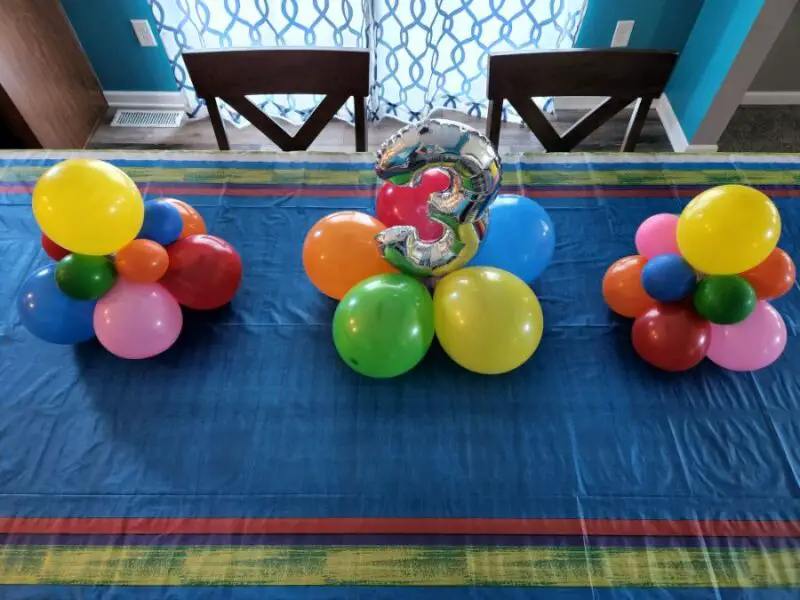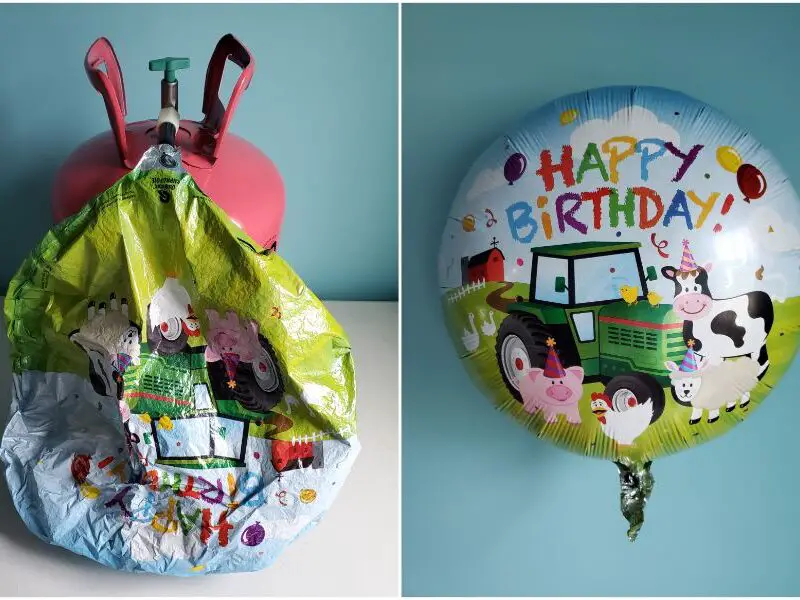If you have a latex allergy, or know someone who does, you may be looking for alternatives to the typical latex balloon one might find at a party. The next best option is the foil balloon; so the question is – are foil balloons latex free?
No matter the reason you’re looking for a latex free balloon, foil (also commonly referred to as Mylar) balloons are a safe alternative. Foil balloons are not made with latex.
Foil balloons are made with synthetic materials. This is an important distinction in determining whether foil balloons are latex free and non-allergenic.
Let’s explore why it is important to make that distinction and why foil balloons fall into the latex free category.
Latex Allergy
Planning a party and allergies – it may not just be food you have to worry about. So, what exactly causes the latex allergy?
Natural vs. Synthetic
Latex can either be a natural resource or synthetically produced.
Natural latex comes from the rubber tree known as Hevea brasiliensis. It is a milky liquid, and it comes out of the tree bark when cut.
According to the CDC, the latex allergy comes from a reaction to a protein that occurs in natural rubber.
Therefore, not all latex products are a latex allergy trigger. For example, latex paint is made using synthetic latex, which does not contain the allergy proteins.
However, products like rubber bands, condoms, latex gloves, and yes, latex balloons, are commonly made with natural rubber. This makes them an allergy risk.

Allergic Reactions
Allergic reactions to latex can be a more minor contact dermatitis, which typically results in itchy or swollen skin rashes. Or, they can be more severe, causing hives, trouble breathing, or anaphylaxis.
An allergic reaction to latex typically occurs with physical exposure, but it also can be airborne. This happens because of the powdery substance often found in latex/rubber products.
The powdery substance you find in latex gloves, for example, is often corn starch. It is used to help make it easier to put on and take off the gloves.
You might have noticed that latex balloons also have a powdery substance. The powder is applied in the manufacturing process to keep the balloons from sticking to each other.
This is the perfect substance for a protein to attach itself to and become airborne. Anyone with a severe latex allergy can have an allergic reaction just by being near something made with natural latex, such as a floating balloon.
According to the American Academy of Allergy, Asthma, & Immunology, there is no cure for the latex allergy. Like most allergies, someone with a latex allergy must simply stay away from it.
This is important to keep this in mind when deciding whether or not to use latex balloons, whether it be for a gift or party decorations.
So, why exactly are foil balloons safe? It’s all about what they’re made of and how they’re made.
What Are Foil Balloons Made Of?
Foil balloons are made of a nylon or polyester material and polyethylene. This is what makes the balloon strong and non-porous.
The polyester material is given a thin aluminum coating. This is what gives it the shiny appearance we all expect from a foil balloon.
Foil balloons are also referred to as Mylar balloons, but not all foil balloons are technically made with Mylar. Mylar is the brand name for a polyester film, or polyethylene terephthalate, manufactured by DuPont Teijin Films.
DuPont was an innovator of this type of polyester, plastic material, or BOPET. BOPET is what is referred to as biaxially-oriented polyethylene terephthalate. It is pre-stretched in two directions to give it its incredible tensile strength.
These are two of the greatest differences between a Mylar/Foil balloon and a latex balloon – elasticity and strength.
Because they are not made to be stretchy and elastic, foil balloons do not need to be made with latex rubber. They can only be inflated to the size the polyester material is cut and sealed to.
While not every foil balloon is made with the specific Mylar brand of polyester film, all foil balloons are made from this type of plastic and coated with aluminum. These are are all synthetic materials.
Remember, the allergy proteins only occur in natural latex. So, the fact that foil balloons are developed synthetically makes them a safe latex free alternative.
How Are Foil Balloons Made?
Foil balloons are manufactured quite differently than a latex balloon, because they are made with non-elastic materials. It is a very interesting process!
Every manufacturer may have its different processes, but the making of a foil balloon requires similar steps.
- Design Process
- Artists create designs.
- The designs are tested and perfected before printing.
- Printing
- The balloon design is printed on the sheets of BOPET material.
- The balloon fronts and backs are printed separately.
- Sealing
- The valves are stamped into one of the balloon sides.
- The two sides are heated along the edges to melt the material together, forming an outer seam.
- Cut
- The shapes are cut from the sheet of material and the excess is taken away.
Quality assurance tests are conducted throughout the process. The balloons are then packaged accordingly.
Benefits of Using Foil Balloons
Just because you may not be able to use latex balloons doesn’t mean it’s a bad thing! Besides being latex free, there are many benefits to using foil balloons.

- Foil balloons last so much longer than latex balloons! When filled with helium, foil balloons can last for weeks, whereas latex balloons usually only last around 6-8 hours.
- Foil balloons come in many different shapes and sizes – far more than latex. They are not limited to the typical balloon shape and size.
- Foil balloons are printed with unique and colorful designs.
- They are much more durable – you don’t have to worry about them randomly popping.
- Foil balloons are shiny, fun, and pleasing to the eye!
- If the seal stays in tact, you can refill foil balloons.
Why Say No to Latex?
Did you know that latex balloons are prohibited in several hospitals, and even some schools too? The latex allergy has become a growing concern with balloons.
But, that’s not all. Latex balloons are not only an allergy hazard, they are also a choking hazard.
Some companies may choose to state that their products are made with natural latex, but they are not legally obligated to do so. However, by law, balloons are required to have choking hazard labels.
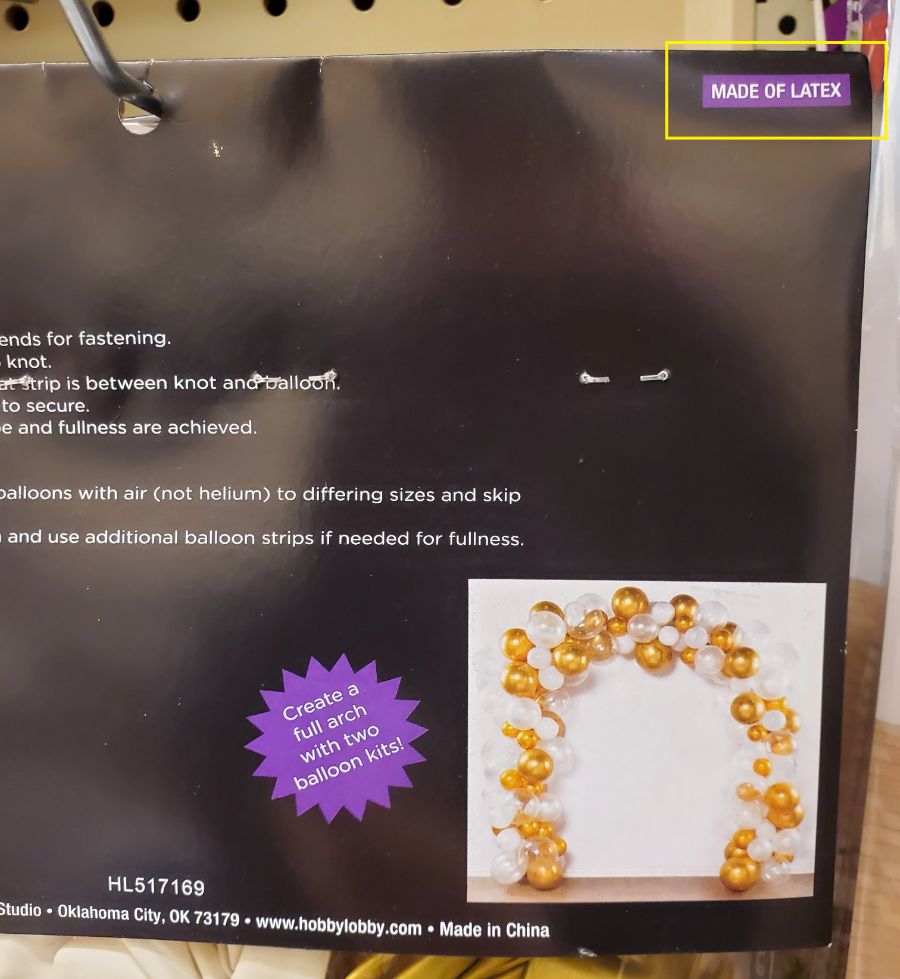
The warning label states that children under 8 years old can choke on uninflated or broken balloons. Adult supervision is required.
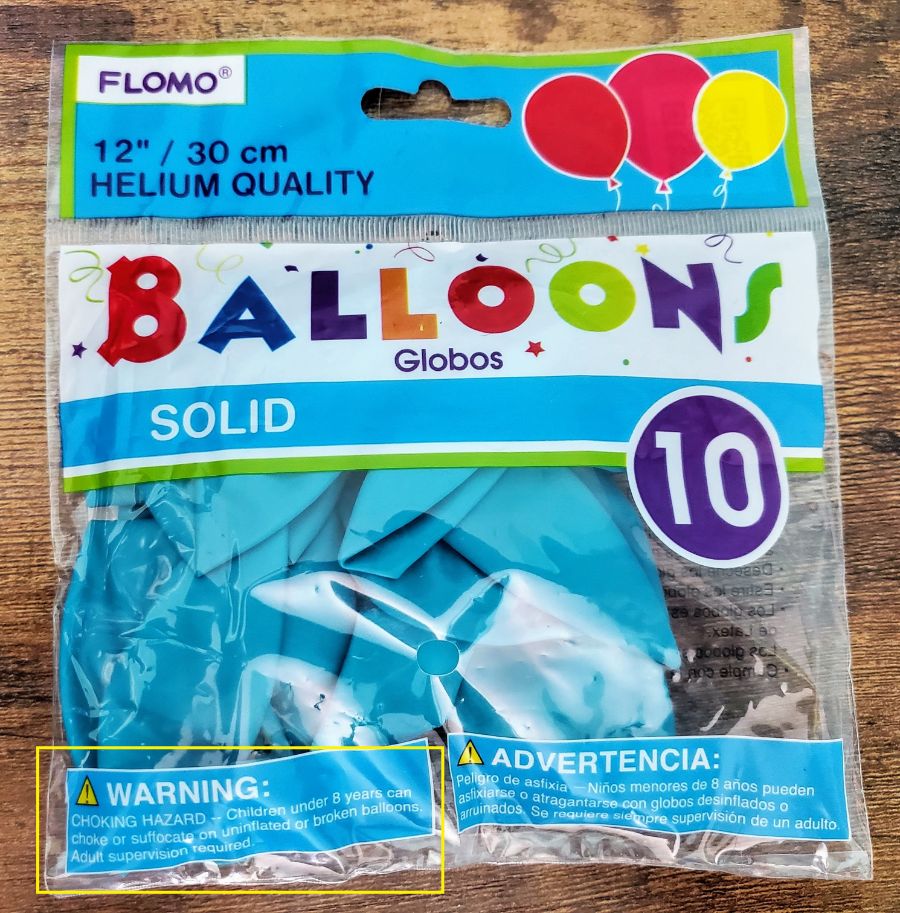
While all balloons have their hazards, foil balloons are larger and don’t typically shatter into small pieces. And, they are safe from latex.
They’re also not the only latex free alternatives!
More Alternatives to Latex Balloons
Bubble Balloons
Foil balloons are an excellent alternative to the typical latex balloon. But, they are not the only option.
There is another type of plastic balloon on the market, known as Bubble Balloons. These balloons are made with a stretchy (non-latex), plastic material.
It is a non-allergenic material, safe for those with latex allergies. They are clear balloons that inflate to a round shape, hence the name – bubble balloon.
I personally have purchased bubble balloons and love them! They are large, festive, and last just as long as a foil balloon.
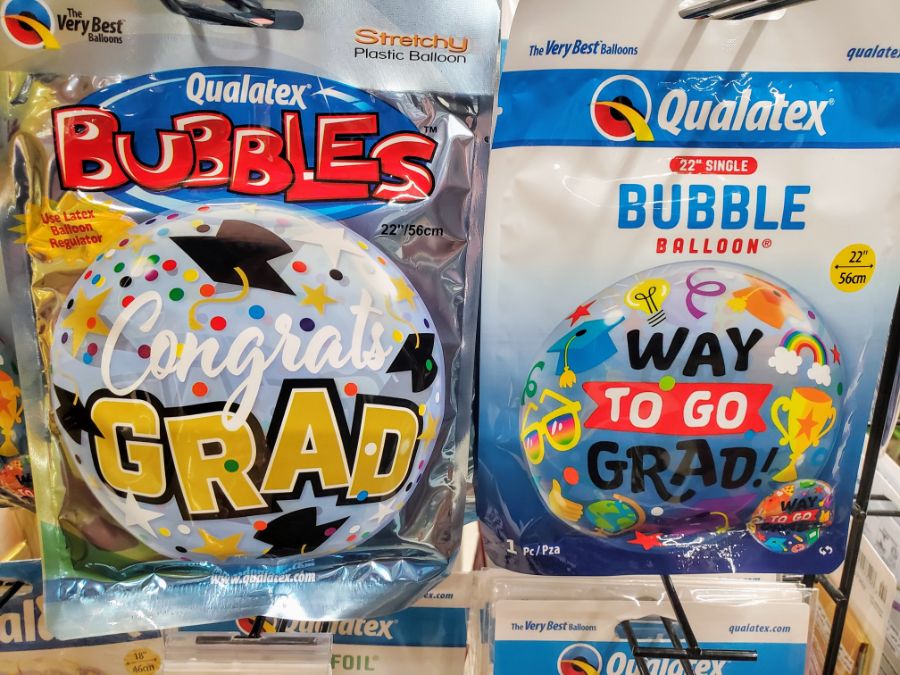

Paper Lanterns
Another alternative to balloons are paper lanterns. Now, of course, these won’t work for a typical helium balloon purpose, but they do work great for party decorations!
Lanterns have a similar spherical shape. You can find them in several different sizes, colors, and designs to perfectly match your party.
You can hang them from the ceiling, hang them from a hook or stake, or even set them up decoratively on a table.
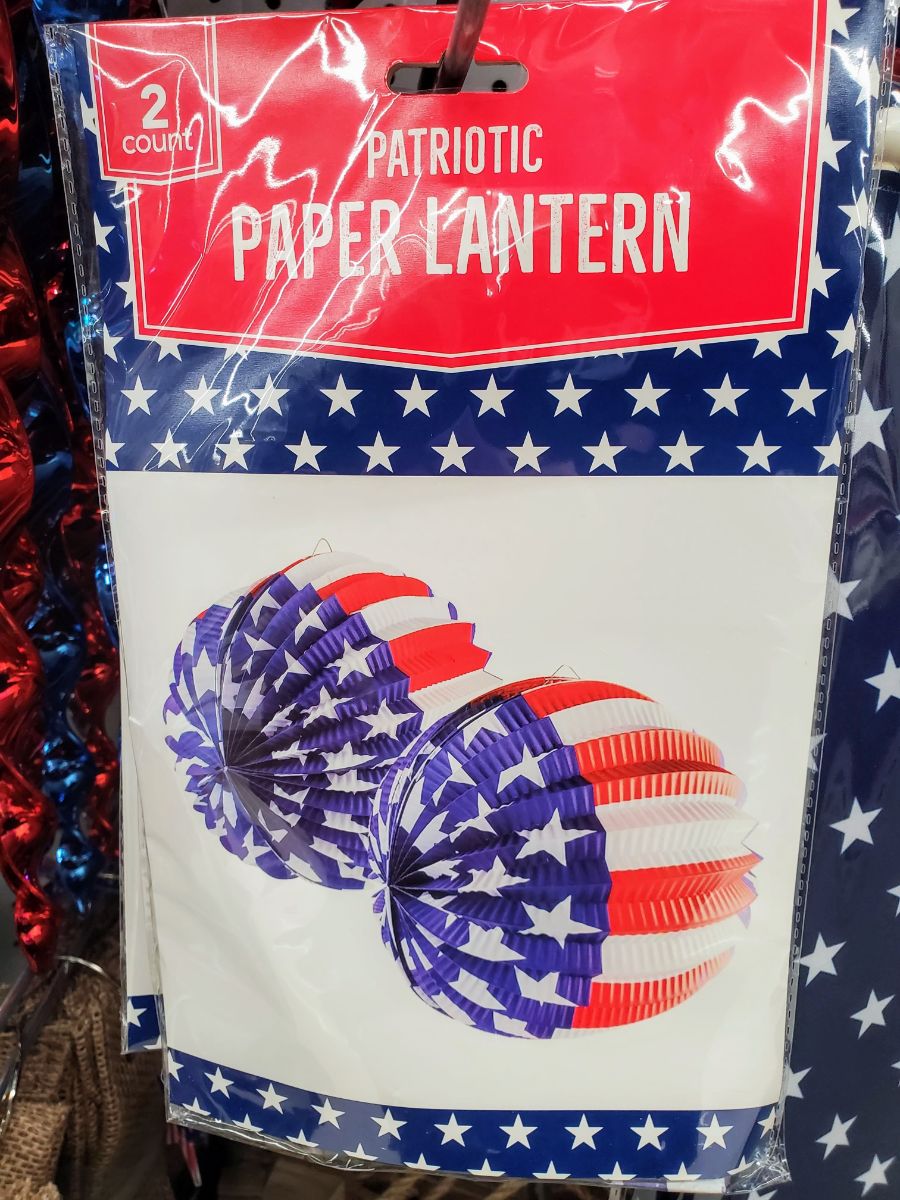

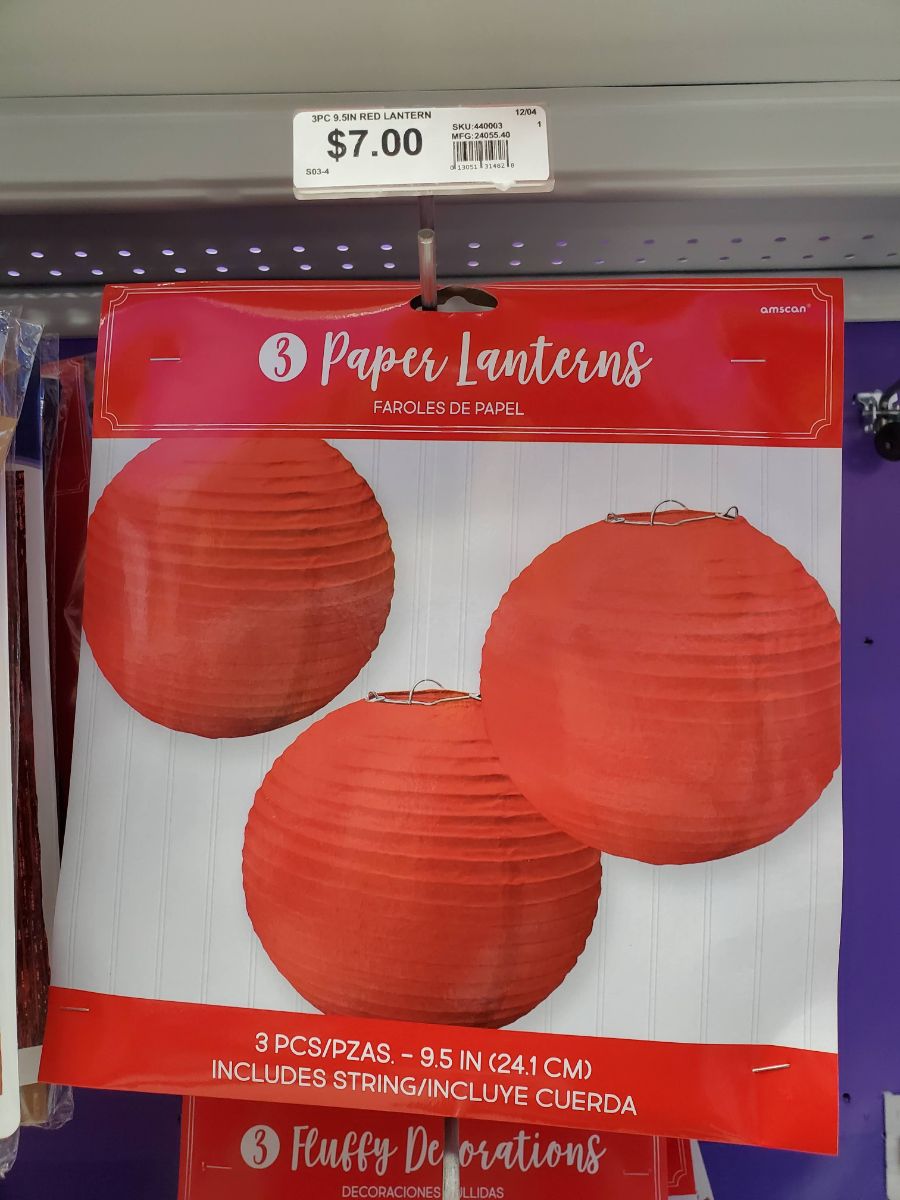
Final Thoughts
There are many ways to make your party latex free. And, foil balloons are one of them!
Rest assured that foil balloons, or any of the other balloon alternatives you may choose, are a safe way to avoid latex and any associated allergies.


